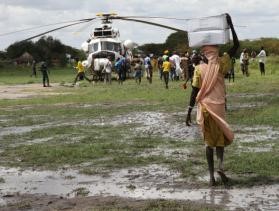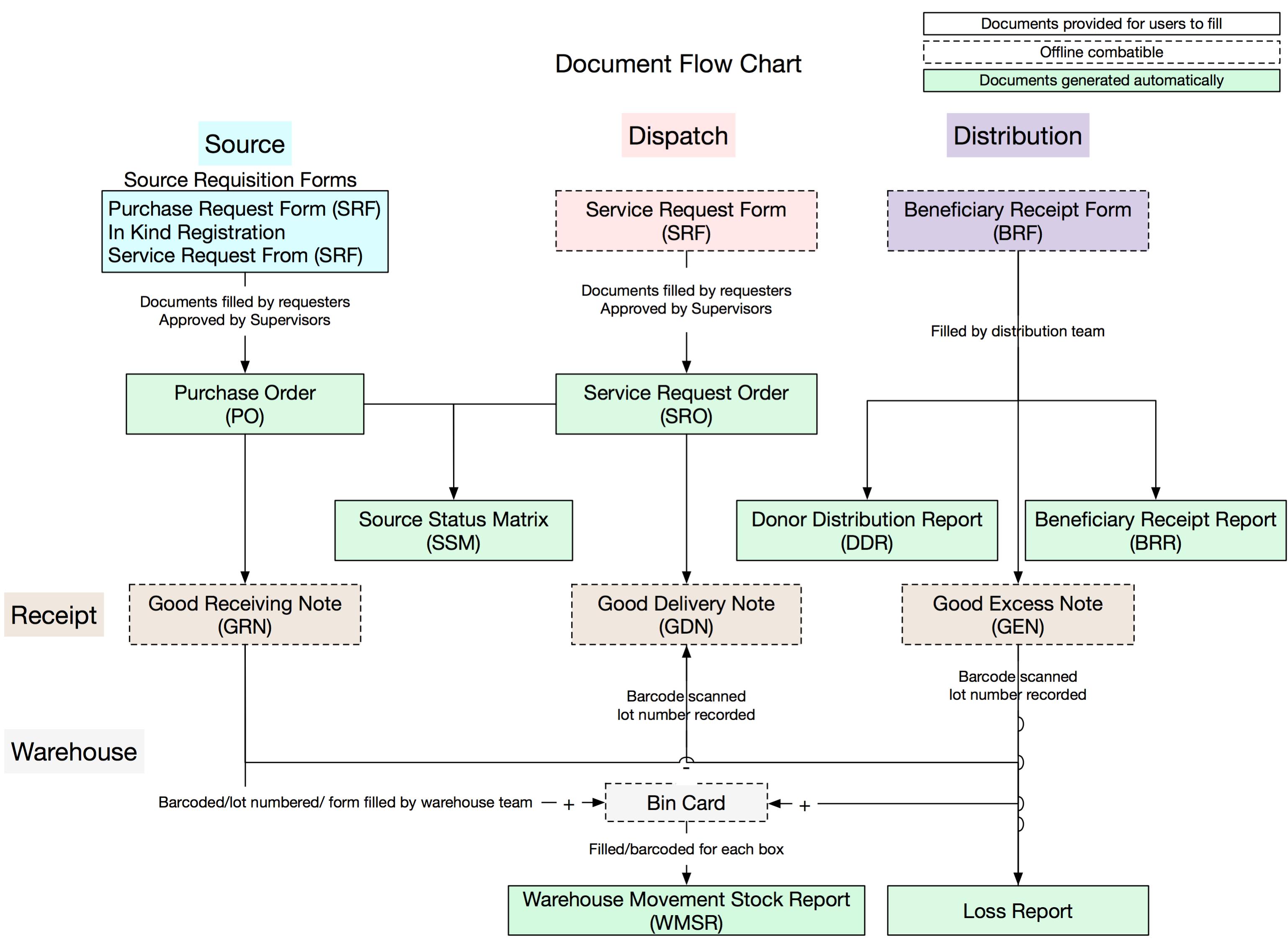Humanitarian Response and Supply Chain Management
Purdue Collaborator: Regenstrief Center for Healthcare Engineering, School of Industrial Engineering


Photos courtesy of Catholic Relief Services
The Challenge: Efficient Sourcing, Warehousing and Tracking of Humanitarian Relief Goods
The actions taken after a disaster is critical to humanitarian relief. The efficient delivery of emergency relief materials in the first place determines the effectiveness of those actions. In addition, a sustainable supply chain system ensures the progress of reconstruction of the devastated areas and the safety of refugees. Thus, to develop an efficient, reliable and sustainable emergency supply chain system plays a critical role in the entire process of humanitarian relief. Catholic Relief Services (CRS) (and most other NGOs) use an emergency response system that is paper-based. Delays and shortages of emergency relief materials due to human errors may occur anytime, which could potentially sabotage a relief plan and the safety of refugees. Reports tracking from donor resources all the way to beneficiaries is even impossible from current system.
The Purdue Innovation: CRS Emergency Response E-Supply Chain Management System
Purdue is working with CRS to develop a web-based, multi-platform, centralized, offline-compatible electrical emergency response system that is capable of connecting all warehouses, requesting relief materials, checking inventory levels, tracking relief materials from donors to beneficiaries, and automatically generating accounting and beneficiary reports. This application will ensure an efficient, reliable and sustainable supply chain management system for emergency responses.
The deployment of this centralized online system will make CRS respond to emergencies more efficiently and effectively. Emergency procurement/prerequisite requests can be filled and approved instantly. All warehouse stock level across all countries and different programs can be monitored in real time. Beneficiary reports contains tracking from donors all the way to beneficiary can be generated automatically by the system. Financial auditing/accounting for CRS emergency response projects can become more transparent.

Steps
• Identify problems existing in current emergency supply chain management system.
• Develop and deploy a new centralized online system to solve those problems.
• Test system, and adjust based on feedback
• Collect all data from donor resources, warehouses, distribution sites and beneficiaries.
• Model the emergency supply chain network.
• Optimize this network to increase the effectiveness and efficiency of CRS emergency responses
The Partners:
Purdue University, Catholic Relief Services (CRS)
- Yuehwern Yih, Regenstrief Center for Healthcare Engineering Faculty Scholar, Director, Smart Systems and Operations Laboratory, Professor, School of Industrial Engineering, Purdue University, yih@purdue.edu
- Dawei Wang, Research Assistant, Industrial Engineering, Purdue University, wang337@purdue.edu
- John Service, Senior Technical Advisor, Humanitarian Operations, Catholic Relief Services, John.Service@crs.org
- Lionel Lajous, Regional technical Advisor for Emergency - Security - Supply Chain Management, Catholic Relief Services, lionel.lajous@crs.org
- Sarah Robbins-Penniman, Senior Advisor for Supply Chain Knowledge Management, Catholic Relief Services , sarah.robbins-penniman@crs.org
